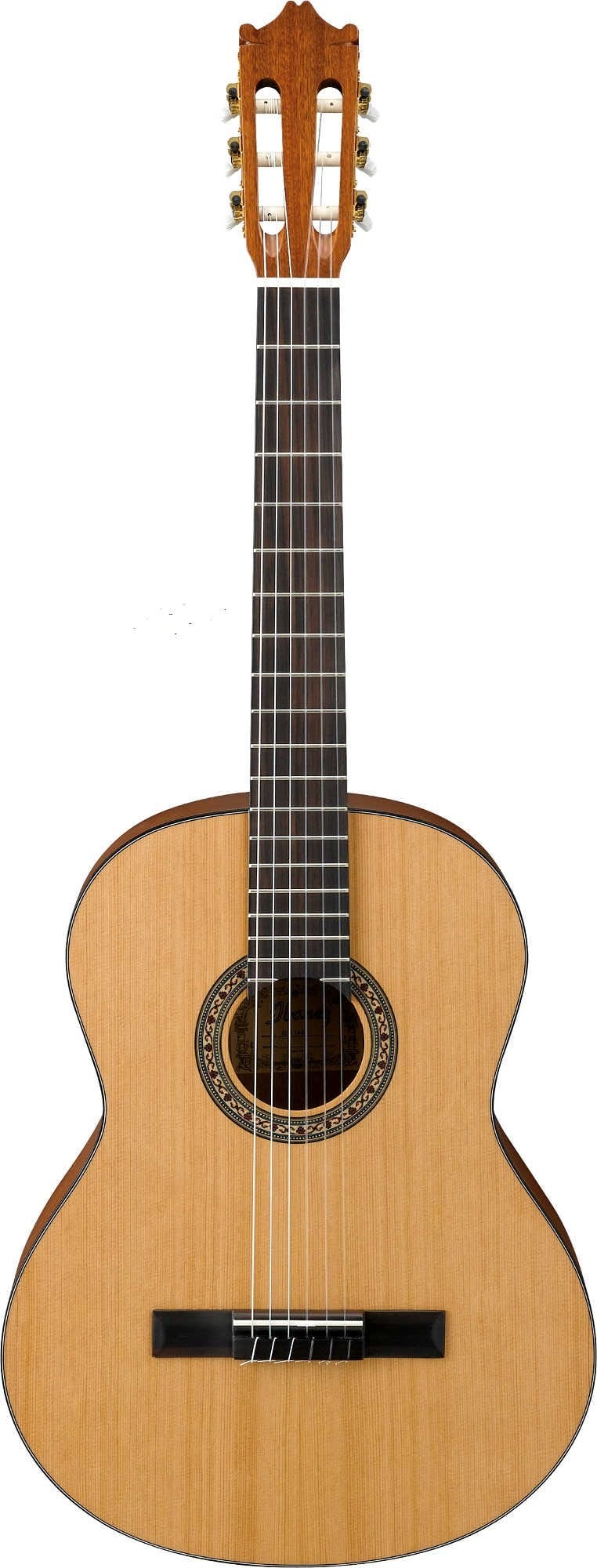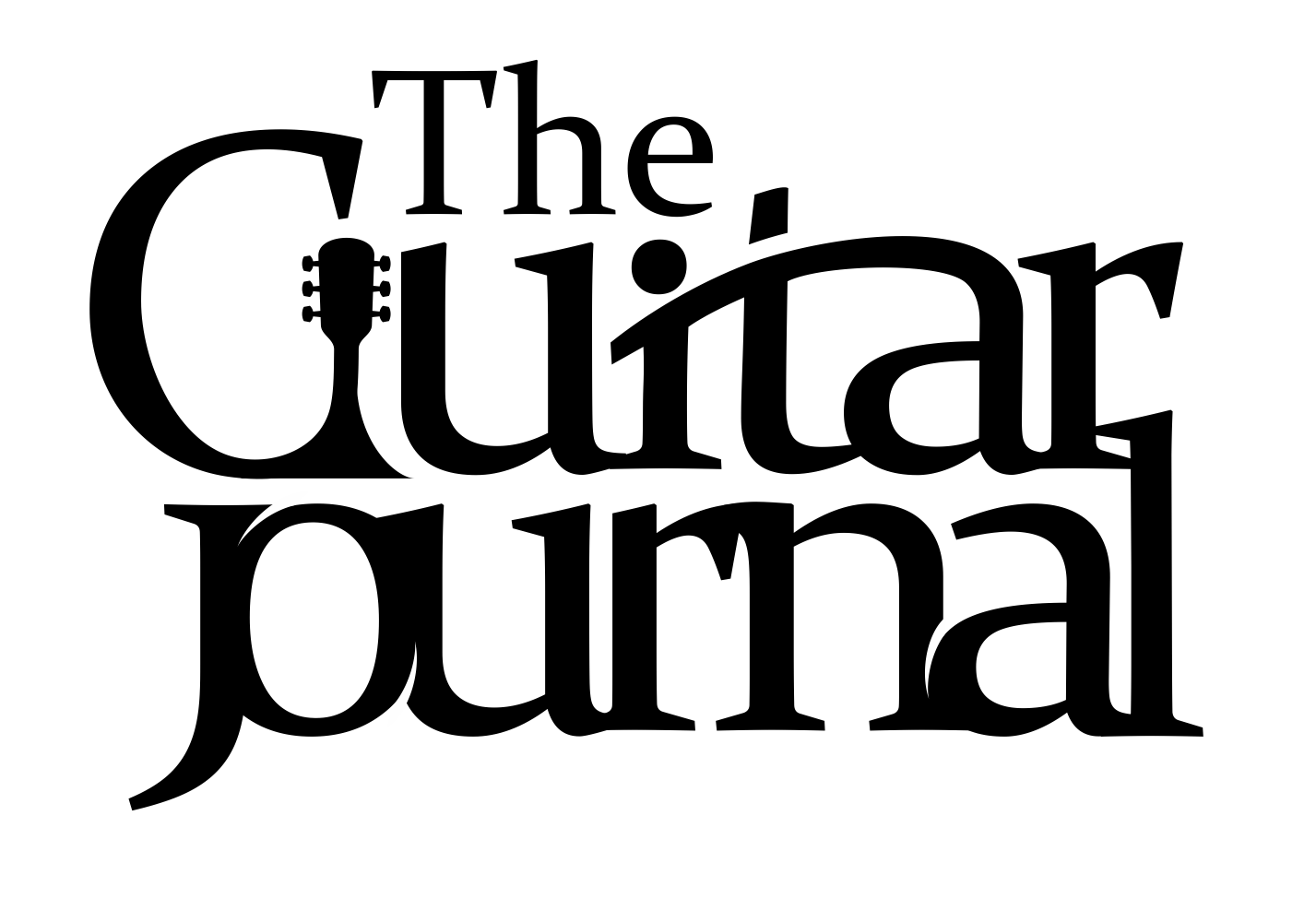The Guitar Style Guide: Find Guitar Lessons that Fit You
Learning guitar takes a lifetime. There's so much to learn that no one could ever master it all. There are so many players to learn from, genres and time periods to dig into, thousands upon thousands of songs to study - it's a lot of fun. But, where to start?
As a new guitar player, it’s helpful to focus on a particular style. This is important for several reasons:
- When you want to take lessons - whether it’s at a local music store or online - you need to specify what type of guitar you want to learn. Being clear about your own expectations will ensure that you don't waste time learning George Benson when you want to be playing Led Zeppelin.
- It’s more efficient to focus your listening and rehearsal time on a specific genre. It allows deeper processing so that you can internalize the music that you're learning.
- Most importantly, focusing on a particular style ensures that you will quickly be playing music you really like.
Most beginning guitarists will fall into one of several schools of learning, which I've listed below. Take a look below and ask yourself, “Which one resonates with me?". Answering that question will speed you on your way to playing great guitar and having a good time.
A quick note:
- I’ve listed guitarists and songs as examples, but these are just a very small sample! There’s no way to list all the great players and tunes for each genre.
- If there are any songs or guitarists you think should be added, please write them in the comments below!
Alright, here we go! Let's take a look at the major categories of guitar lessons:
1. Classical Guitar

Learning classical guitar is a great challenge, and incredibly rewarding. On your new nylon-string acoustic, you will learn theory, technique, and notation to a degree most guitarists never aspire. You will have a strong basis for playing a wide variety of styles - flamenco, true classical, bossa nova, folk, and modern finger style guitar.
On the down side, it’s a long road thither. Classical study takes a lot of practice, and is very exacting.
Famous Classical Guitarists:
Andres Segovia (the master), Christopher Parkening, Paco de Lucia, Pepe Romero, and more.
Famous Pieces:
Romance for Guitar, Bourrée in E Minor, BWV 996 (J.S. Bach), Variations on a Theme (Mozart), Recuerdos de la Alhambra (Tárrega), and lots more.
2. Jazz Guitar

Jazz is commensurate with classical as a challenging and rewarding style. Though jazz has a shorter historical heritage than classical, in many ways it has a richer catalog of guitar to dig into.
Jazz guitarists learn advanced theory, improvisation, site reading, and band dynamics more than most other players. By learning jazz, you gain access to a host of sub-genres: big band, blues, standards, pop, bossa nova, and swing.
Famous Jazz Guitarists:
Charlie Christian, Wes Montgomery, Grant Green, Jim Hall, Kenny Burrell, Russel Malone, Pat Metheny, Joe Pass, and many, many more.
Famous Songs:
I Got Rythym, Autumn Leaves, ‘Round Midnight, My Funny Valentine, So What, Fly Me To The Moon, Girl From Ipanema, and more.
3. Blues Guitar

Blues is a paradox - seemingly simple in it’s structure, yet endlessly complex in it's possibilities. Blues formed the bedrock for much of the rock’n’roll movement of the last half of the 20th century. From B.B. King to Led Zeppelin, the blues has had many popular incarnations. And some of the most popular mainstream singer/guitarists of the last several decades cut their teeth on blues - artists like Jimi Hendrix, Eric Clapton and John Mayer.
Playing blues is a great entry point for new guitarists because you can get started fairly quickly, and it gives immediate access to a lot of music in pop culture. You will study scales, blues-based chord theory, rhythm, and soloing.
The only question here is probably, “What type of blues do I want to play?”. You’ve got everything from Robert Johnson Delta blues on an acoustic guitar to Steve Ray Vaughan’s blistering electric guitar assaults.
Famous Blues Guitarists:
B.B. King, Muddy Waters, Eric Clapton, Jeff Beck, Stevie Ray Vaughan, Robben Ford, John Mayer, and more.
Famous Songs:
Pride and Joy (Stevie Ray Vaughan), Mannish Boy (Muddy Waters), Little Wing (Jimi Hendrix), Boom Boom (John Lee Hooker), Stormy Monday (T-Bone Walker), and loads more.
4. Rock Guitar

Ah, rock guitar. The great, towering behemoth of the 70’s, 80’s, and 90’s. Many a high schooler’s after school hours have been wasted invested learning rock licks on guitar. What exactly is rock guitar? That’s a harder question than it seems. Rock is a broad genre, encompassing everything from REO Speedwagon to Pearl Jam.
Broadly speaking, rock guitar emphasizes a blues-based music theory, with heavy emphasis on innovative chord changes and rythyms. Guitarists who study rock will spend a lot of time learning popular songs by ear, studying chord progressions, and learning “licks” - a melodic fragment used as the basis for song structure and guitar solos.
Rock guitarists typically move to playing in bands fairly quickly as the songs require less technical faculty, but benefit greatly from a rhythm section.
Famous Rock Guitarists:
David Gilmore, Jimmy Page, Eddie Van Halen, Slash, Joe Satriani, Chris Cornell, Jack White, The Edge, and tons more.
Famous Songs:
Comfortably Numb (Pink Floyd), Iron Man (Black Sabbath) Paradise City (Guns’n’Roses), Enter Sandman (Metallica), Born to Run (Metallica), Smells Like Teen Spirit (Nirvana), and more.
Note: The Rock genre is soooo huge and diverse, that I was tempted to break it up into sections. However, from a beginning guitarists perspective, it’s not quite as complicated. Whether you want to play INXS or Alice in Chains, there are similar building blocks in terms of scales, chords, strumming, and equipment.
5. Country & Bluegrass

Country and bluegrass guitar is particularly fitting for beginning guitarists. Much of country and bluegrass music is anchored by an acoustic guitar strumming basic chords in simple chord progressions. This means a beginning acoustic guitar player can quickly begin strumming (and maybe singing along with) many of his or her favorite country and bluegrass songs. Learning this genre will teach you loads about strumming, picking patterns, fingerpicking, rythym, open chord positions, diatonic scales, and song structure.
If you move on to advanced lead country guitar, the possibilities are endless. Country lead guitar borrows a from the blues, from jazz chromaticism, from rock’s diatonic melodicism, and wraps it all up in reverb-drenched Telecaster twang.
Famous Country and Bluegrass Guitarists:
Johnny Cash, Chet Atkins, Merle Travis, Garth Brooks, Vince Gill, Brad Paisley, Keith Urban, and others.
Famous Songs:
Ring of Fire (Johnny Cash), Friends in Low Places (Garth Brooks), Jolene (Dolly Parton), Guitars Cadillacs (Dwight Yoakam), Redneck Woman (Gretchen Wilson), Dirt Road Anthem (Jason Aldean), more songs here.
So Where Do I Go From Here?
Number 1: Don’t over analyze it.
It’s better to get going on guitar than to get stuck scrutinizing your own style preferences. If you're not sure what your longterm goal is yet, that's totally ok. Take your best guess and start with lessons in that genre. You can always change later.
Number 2: If you already know exactly what you want, go get it!
We’ve looked at general schools of guitar instruction, and most video courses and music shops will offer lessons in these genres. But if you have a very specific style you know you want to play, go for it!
Love flamenco? Let your instructor know that you want to master this particular style. Want to play punk rock? Great, focus in on that as quickly as possible.
Number 3: Take an intro course.
If you’ve never played a note of guitar in your life, try taking a basic introduction course to get started. ArtistWorks.com has a free introductory
Learn to Play Guitar course here, JamPlay also offers
a great video course online.
If you already have a basic understanding of the guitar, you can talk to an instructor at your local music store, dive into an
intermediatevideo course, or even check out Skype lessons through a service like
TakeLessons.com.
Questions or comments? Great! Add 'em to the comment section below.
FAQ's
What if I want play for church?
Playing guitar for church is a great way to do something you love and help others at the same time. I played guitar for church for years and benefited greatly from the practice, the encouragement of people, and from working with other excellent musicians.
A good way to get started is to talk to the music minister. They can probably give you some guidance on what skills they’re looking for. They may also direct you to a member of the congregation who gives lessons, or even give lessons themselves.
Most churches (at least those that use guitar) play some variant of ‘contemporary Christian’ music. This genre is defined by artists like Steven Curtis Chapman, Chris Tomlin, or Hillsong United. The guitar styles rely heavily on country and rock. The country connection is no surprise seeing as many of the popular Christian worship artists come from Nashville (e.g. Chris Tomlin, Michael W. Smith). Hillsong United, on the other hand, has popularized a harder “rockier” sound closer to Coldplay and U2.
So if you’re want to play for church: a) talk to the music minister first, b) refer to the country and rock sections above.
What if I want to play folk?
There isn’t a specific folk-oriented school of guitar instruction (though JamPlay has a video course
herewith basic principles). It really depends on the artists you like. If you like Simon and Garfunkel, classical might train you better for the intricate fingerpicking and out-of-key chords and harmonies. If you like early Mumford and Sons or the Civil Wars, you would do better with some country lessons that emphasize open chords, strumming patterns, and fingerpicking.
